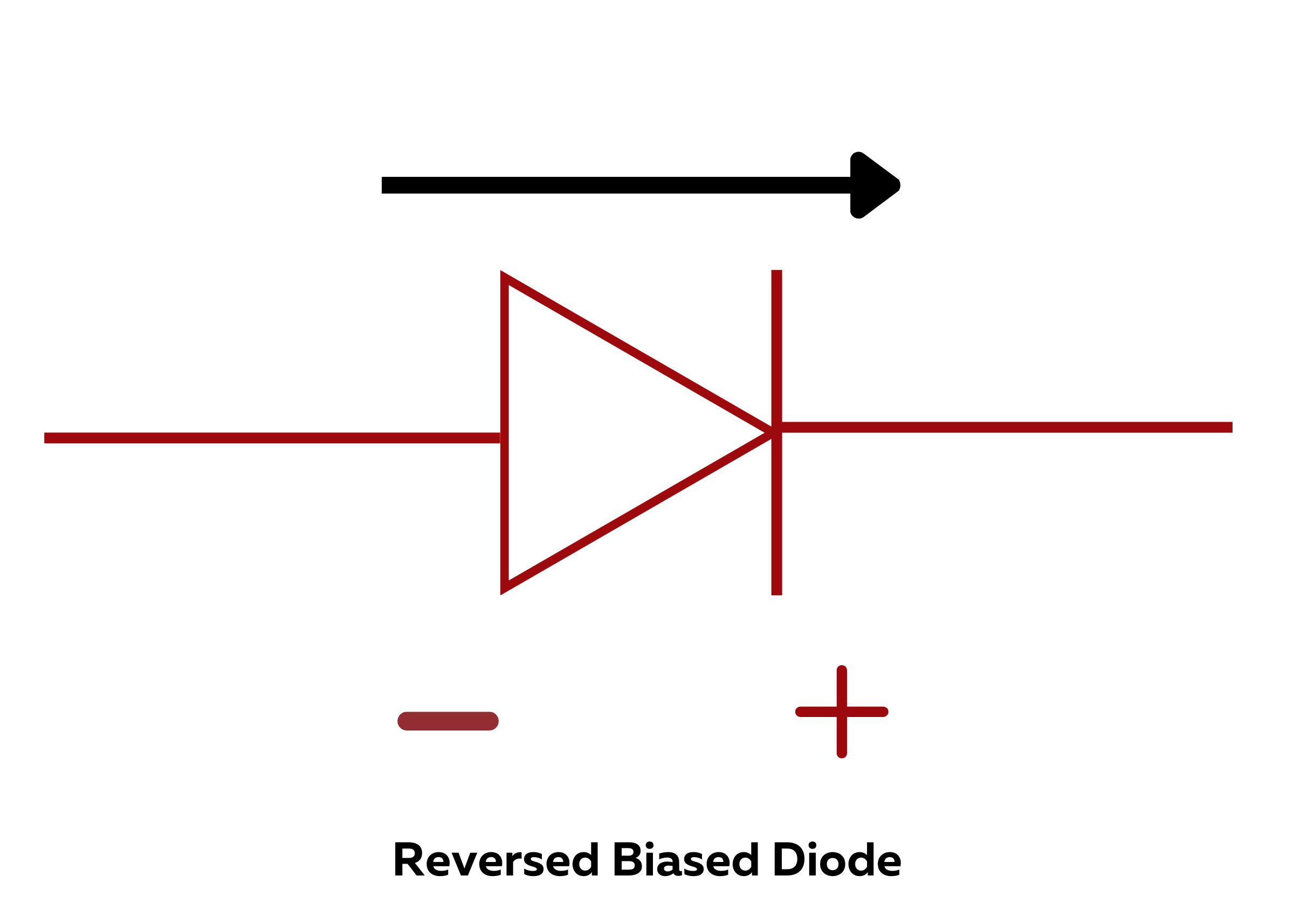Diodes
Axial, Schottky and SOD
- Home
- Semiconductors
- Diodes
Diodes
A diode is an specialized two-terminal electronic component that permits current flow in only one direction and restricts current from the opposite direction. Think of it as a “one-way street” for electric current. The most common type of diode uses a P-N junction. In this type of diode:
- The n-material has electrons as charge carriers.
- The p-material has holes (places depleted of electrons) as charge carriers.
- At their interface, a depletion region forms, across which electrons diffuse to fill holes in the p-side. This prevents further electron flow.
- When the junction is forward biased (positive voltage applied to the p-side), electrons move across the junction, and current flows through the diode.
- When the junction is reverse biased (negative voltage applied to the p-side), the depletion region widens, and electrons cannot easily move across. The current remains very small until the breakdown voltage is reached, at which point the current suddenly increases.


WHAT ARE DIODES USED FOR?
REVERSE CURRENT PROTECTION: Diodes allow current to flow in only one direction, protecting components from damage due to reverse current. For instance, they prevent a battery from being discharged back into the charging circuit.
SIMPLE VOLTAGE REGULATORS : By exploiting the voltage drop across the diode, which is relatively constant, diodes can be used in simple voltage regulator circuits to maintain a steady output voltage.
VOLTAGE STABILIZERS: Zener diodes, a special kind of diode, can be used as voltage stabilizers or references by maintaining a constant voltage over a wide range of current flows.
CONVERTING AC TO DC: Diodes are used in rectifier circuits to convert alternating current (AC) to direct current (DC). A full-wave rectifier, for example, uses multiple diodes to convert both halves of an AC waveform to pulsating DC
Each of these applications takes advantage of the diode’s fundamental property: allowing current to flow freely in one direction while offering high resistance in the other. This principle is key to many electronic circuits and devices
HOW DOES A DIODE WORK?
Applications of Diodes:
- Rectification: Diodes are used to convert alternating current (AC) to direct current (DC) by allowing current flow in one direction.
- Regulation: Diodes help regulate voltage levels in power supplies and voltage stabilizers.
- Signal Modulation: Diodes play a role in signal modulation circuits.
- Signal Isolation: They isolate signals from a supply, such as removing negative signals from AC current (signal demodulation).
- Logic Gates: Millions of diodes are used in modern processors for digital logic.
- Light-Emitting Diodes (LEDs): These are p-n junctions that emit light when a current flows through them.
- Zener Diodes: Maintain a constant voltage despite fluctuations in voltage or current.
- Varactor (Varicap) Diodes: Varying the bias voltage changes the diode’s capacitance, useful for signal transmission in radio and television industries




